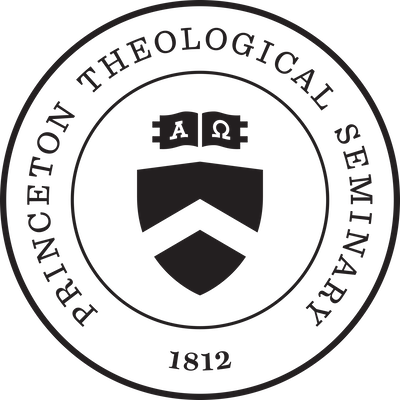The Princeton Lectures on Youth, Church, and Culture
1997 — At-Risk Youth, At-Risk Church: What Jesus Christ and American Teenagers are Saying to the Mainline Church
Introduction
Webster’s has two meanings for the term “mainline.” The one teenagers know is the practice of injecting narcotics directly into the bloodstream to get a quick high. The second definition means the principle route a train takes to reach its destination.
Pick your metaphor. The term “mainline church” was coined when trains, like churches, were a principal means of getting somewhere people wanted to go. Today, teenagers’ understanding of “mainline” paints an ominous portrait of who we are as a church: once-able bodies who, after years of steady injections of American culture into our veins, have a dulled sense of who, what, and where we are.
We have reared a generation of teenagers to “just say no” to such behavior, and they’re saying “no” to mainline Christianity in favor of visions of vitality elsewhere, many that endanger teenagers. According to a 1991 study released by the Carnegie Council on Adolescent Development, one in four teenagers is “at risk.” The church must work with others to create communities of health and hope for young people.
Young people are also making another point. Their exodus from our pews and programs is a form of “tough love” to our denominations, telling us to shape up, to be who we say we are, and to let Jesus be who we say He is — the Savior, even of the mainline church.
In our “I’m dysfunctional, you’re dysfunctional” world, it is easy to settle for therapy when resurrection is at stake. Maybe being “at risk” as a church isn’t bad if it calls us back to the authenticity young people expect, and the Gospel requires. Maybe mainline churches and teenagers have something in common: a need to be saved.
These assumptions unite the lectures in this volume. The lectures in these pages provide an outline of “what Jesus Christ and American teenagers are saying to the mainline church” from the perspectives of systematic theology, practical theology, sociology, education, and American religious history (and futurism).
These lectures point to a theological foundation for ministry with young people that views youth as part of the mission of Christ and not as objects to be “won” for the propagation of the church. We approach this direction with humility and hope. The future of the church, as Dietrich Bonhoeffer noted when he himself was only twenty-seven years old, depends not on youth, but on Jesus Christ. Still, we are confident that young people are prophets in our midst, and that by attending to the “risk” that accompanies adolescence in 1997, we will be better prepared to take the risk that accompanies Christian faith in any era.
Godspeed,
Dayle Gillespie Rounds
Director, Institute for Youth Ministry
Princeton Theological Seminary
1997 Lectures
- Shirley C. Guthrie
- Sara Little
- Roland Martinson
- Albert G. Miller
- Mary Elizabeth Mullino Moore
- Wade Clark Roof
- Leonard I. Sweet
- Peggy Way
